Miso Paste: Everything You Need to Know!

Thalia Harris
Posted on May 22, 2024
Share:
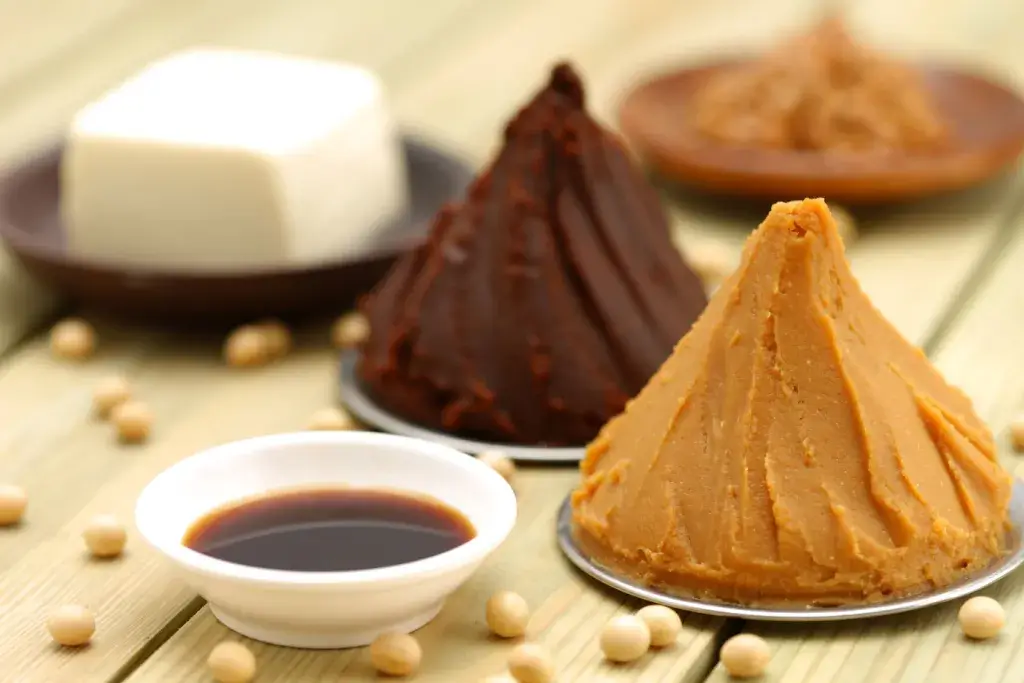
Miso paste plays a big role in Japanese cooking. It’s found in miso soup dishes and adds a special flavor to grilled meats, making them taste nutty and sweet. This interesting, fermented paste can make your food taste like it’s straight from Japan, giving every bite a unique and delicious twist.
What is miso paste?
Miso paste is a special kind of seasoning from Japan. It’s made by letting soybeans ferment (which means they sit and break down) with salt and a special koji mold. It’s super important in Japanese food because it adds a yummy, deep, salty taste to many meals.
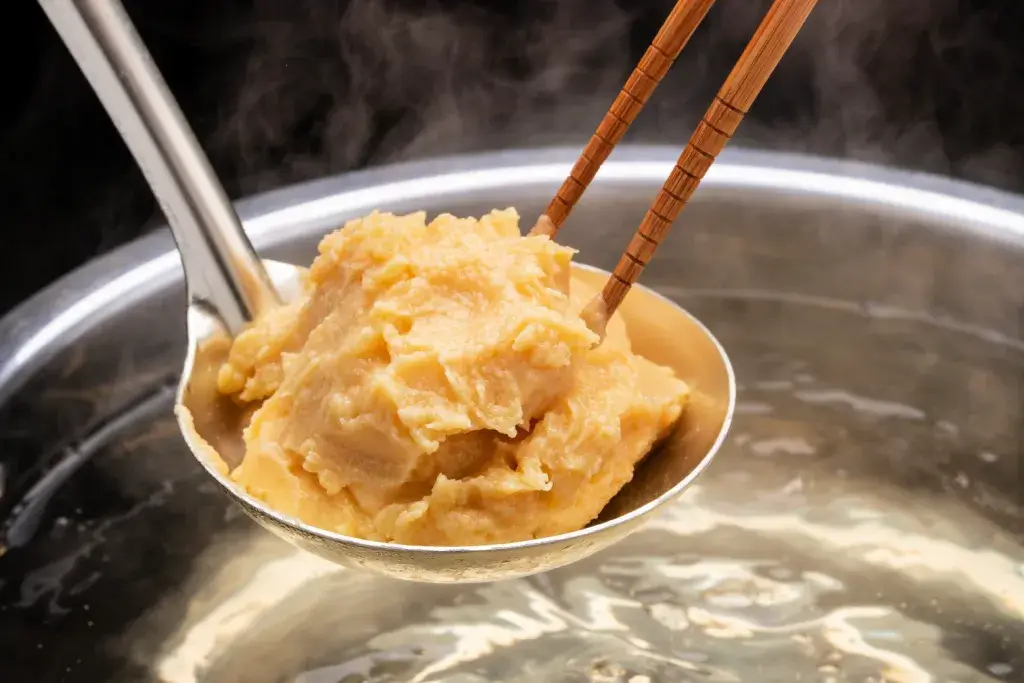
Making miso paste is an old tradition that can take a short time or even years! It starts with cooking soybeans until they’re soft, then smashing them into a paste. After that, a mold called koji is added to the paste, along with some salt. This mix is then put into big wooden barrels or plastic containers to sit and ferment. The longer it sits, the better the taste gets.
Shiro Miso
Shiro miso, also known as white miso, comes from soybeans. It is fermented with rice or barley. This miso type is mild and slightly sweet. It ferments for a shorter time than darker miso. Because of this, it has a lighter taste and a gentle umami flavor. Umami is a basic taste, similar to sweet or salty, but savory. Shiro miso is light yellow, beige, or white. This makes it easy to distinguish from darker red or brown misos. It’s less salty than darker misos, giving it a subtler taste.

You can use shiro miso in any dish without it overpowering other flavors. It ferments for about three to six months, keeping its color and taste light. Its mild sweetness complements tofu, seafood, and vegetables well, making it a popular choice for miso soup and light Japanese meals. These dishes benefit from its subtle flavor boost.
Aka Miso
Aka miso, or red miso, is a type of miso paste with a strong flavor. This happens because manufacturers let it ferment or sit to develop flavors for a long time – up to three years! Its color ranges from reddish-brown to deep red because it contains more soybeans and ages longer than lighter miso. Aka miso is also saltier than the lighter kinds, which makes its taste stand out even more.
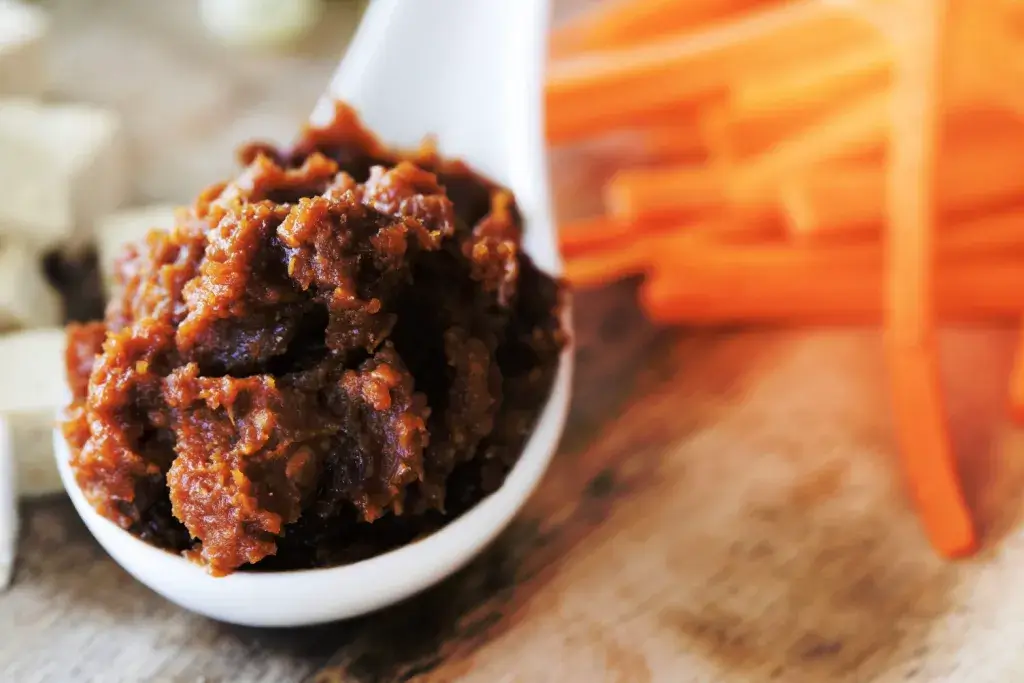
This miso is great for dishes that need a big flavor boost, like stews and marinades. You only need to use a little bit of it to add a big umami flavor to your food, but you have to be careful because its strong taste can easily overpower milder ingredients.
Are you looking for miso-flavored snacks? Check out Sakuraco! Sakuraco delivers traditional Japanese snacks, teas, sweets, and snacks from local Japanese makers directly to your door so you can enjoy the latest treats from Japan!
Mugi Miso
Mugi miso, which people also call barley miso, is a special kind of miso paste. Its main ingredient- barley koji- makes it different from other misos made with rice. Instead of using rice koji, mugi miso is made with steamed barley that gets a special kind of mold called koji mold spores. This makes mugi miso taste hearty, kind of nutty, and a little sweet.

It’s usually a stronger and thicker flavor than the lighter, rice-based white miso kinds. Depending on how it’s made and how long it’s left to ferment, its color can be anything from light yellow to reddish-brown. Because of its strong flavor, mugi miso is great for cooking heavier meals that can handle its bold taste. It’s still popular, especially in places like Hokkaido, because of its unique, full, nutty flavor, which adds great depth to hearty dishes.
Dashi Iri
Dashi iri is a unique type of miso paste. It comes pre-mixed with dashi stock, which makes it very easy to use. Dashi stock is a key ingredient. It blends with the miso. It’s a traditional Japanese soup base. It often includes kombu (seaweed) and katsuobushi (dried fish flakes). Sometimes, it has other dried fish, too.
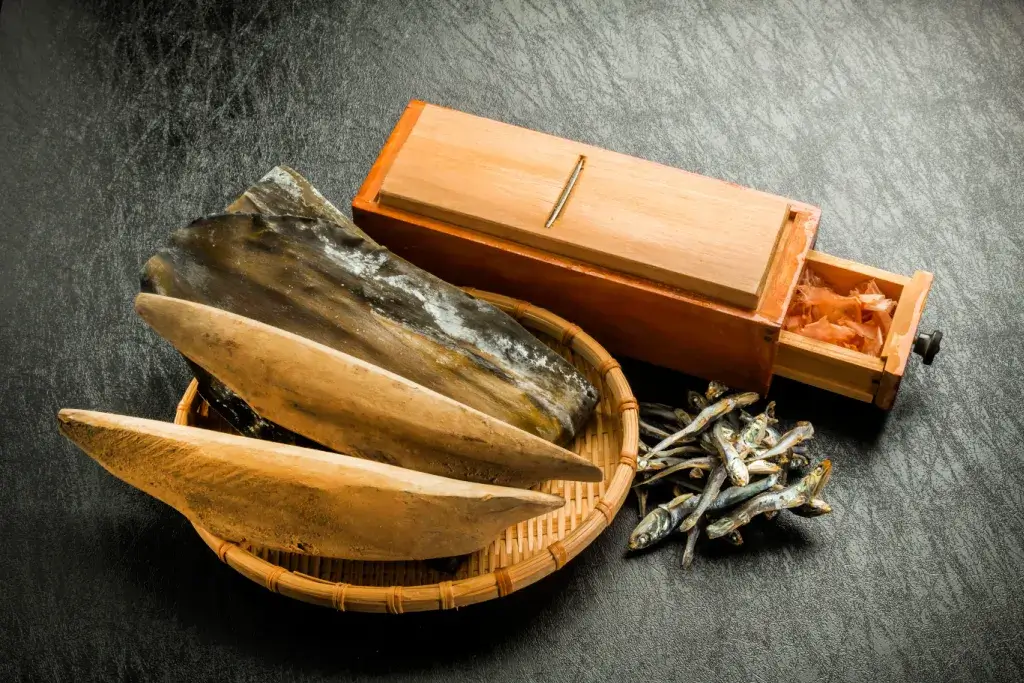
This paste has a nice smell. It’s smoother and a bit thinner than regular miso paste. Dashi iri miso stands out for its convenience. It combines the tastes of miso and dashi. This saves time when preparing dishes like miso soup. The dashi gives the miso a rich, savory flavor. It’s perfect for enhancing recipes without extra mixing.
Why is miso paste essential in Japanese cuisine?
Miso paste is essential in Japanese cooking because of its savory yet versatile flavor. It’s a big part of what makes Japanese food special: its taste and its meaning to people. Miso paste is what you need to make miso soup, a key part of a typical Japanese meal that includes rice, a main dish, some side dishes, and soup. People in Japan usually have miso soup a lot, like with almost every meal, because it’s a big part of their food tradition. Have you ever had miso paste before? Let us know in the comments below!

Discover authentic flavors with Sakuraco
Get Sakuraco 

Discover authentic flavors with Sakuraco
Get Sakuraco 
Related Articles
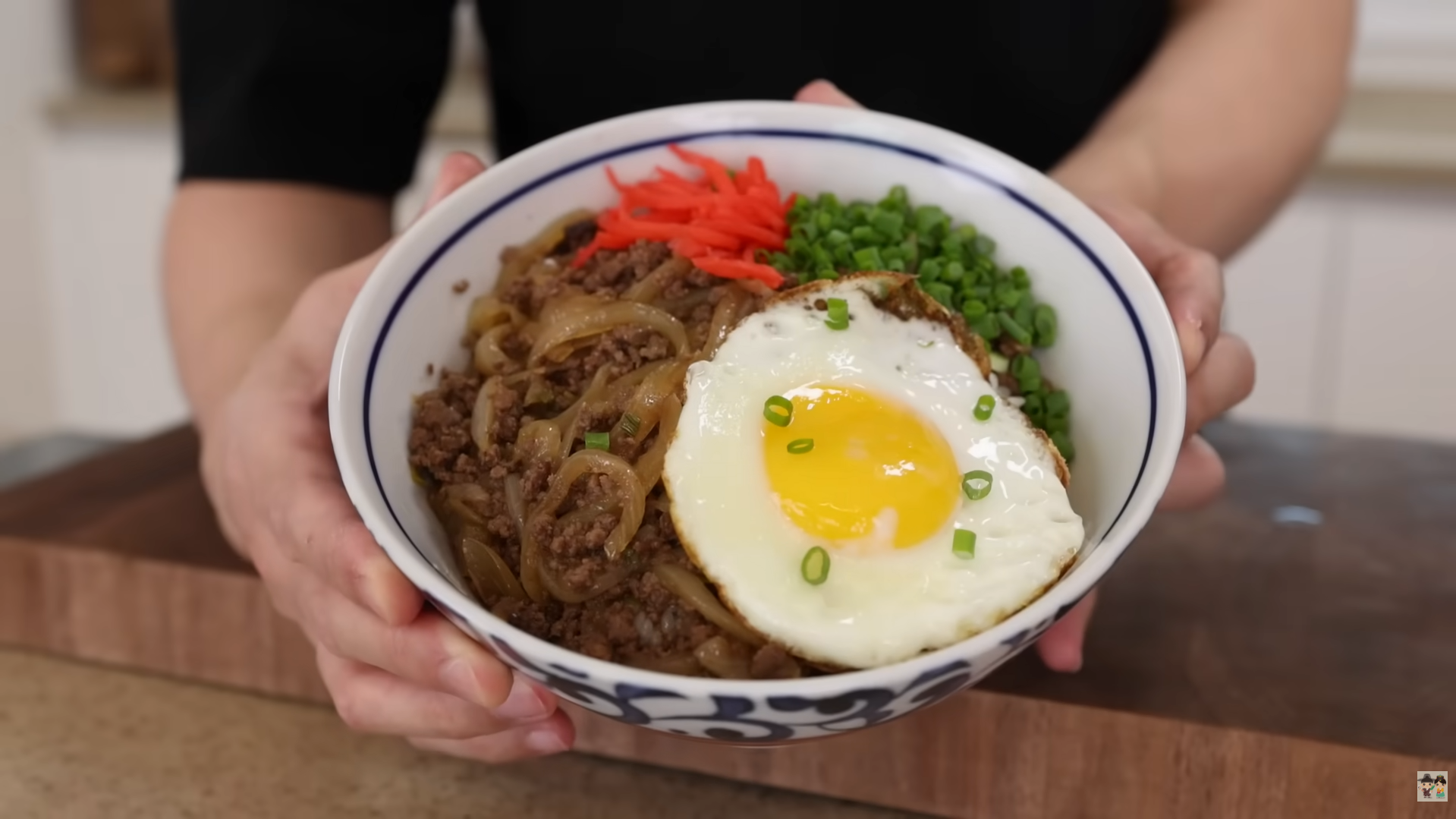
Aaron and Claire Show Us How to Make Gyudon!
If you’re looking for a Japanese comfort food that’s quick, affordable, and full of flavor, Aaron and Claire have a great option. In this video, Aaron shows how to make Gyudon using ground beef instead of the usual thinly sliced beef.
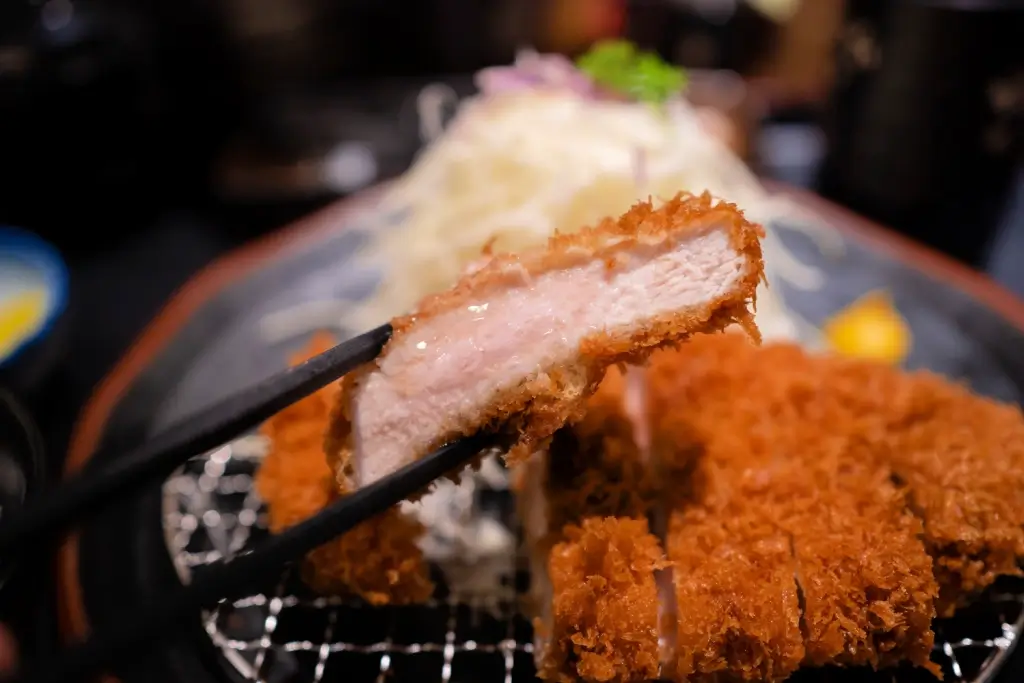
Tonkatsu Luxury Restaurants: Best Ones to Try!
Don’t miss out on tonkatsu if you’re traveling to Japan! Tourists often add the meal to their must-eat list because of its delicious and satisfying nature. Even better, you can elevate the experience by going to luxury restaurants across Japan, where you can experience some of the most celebrated pork cutlets.
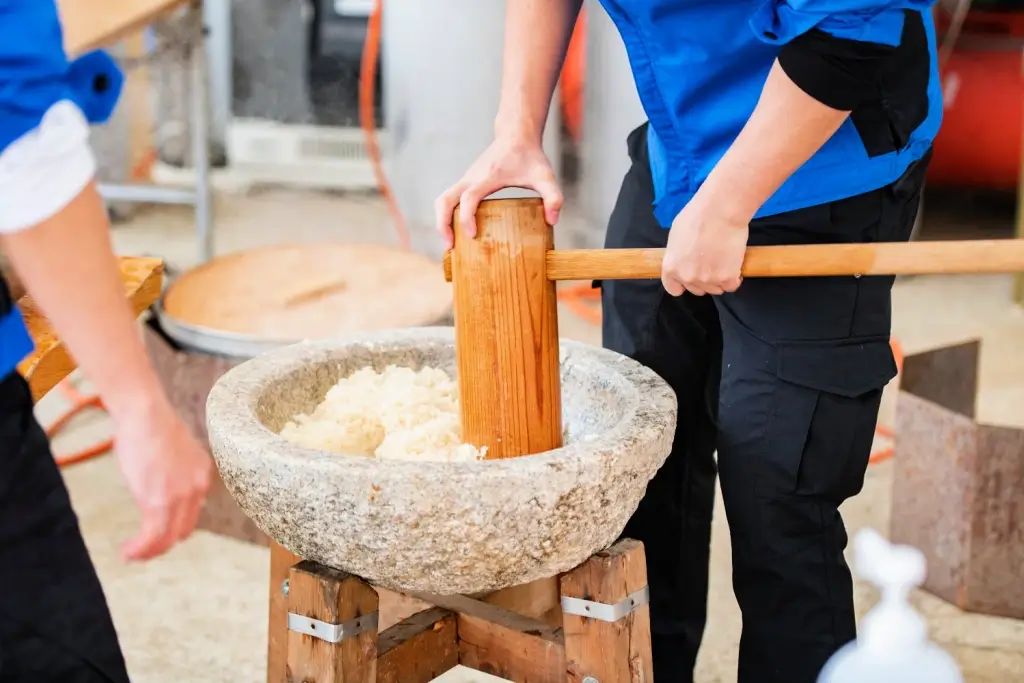
Mochi: How is Mochitsuki Made in Japan?
Mochitsuki is the Japanese tradition of pounding steamed rice to make mochi for the New Year. Families and neighbors gather to participate in this lively and meaningful tradition. The teamwork involved helps everyone feel a sense of connection.
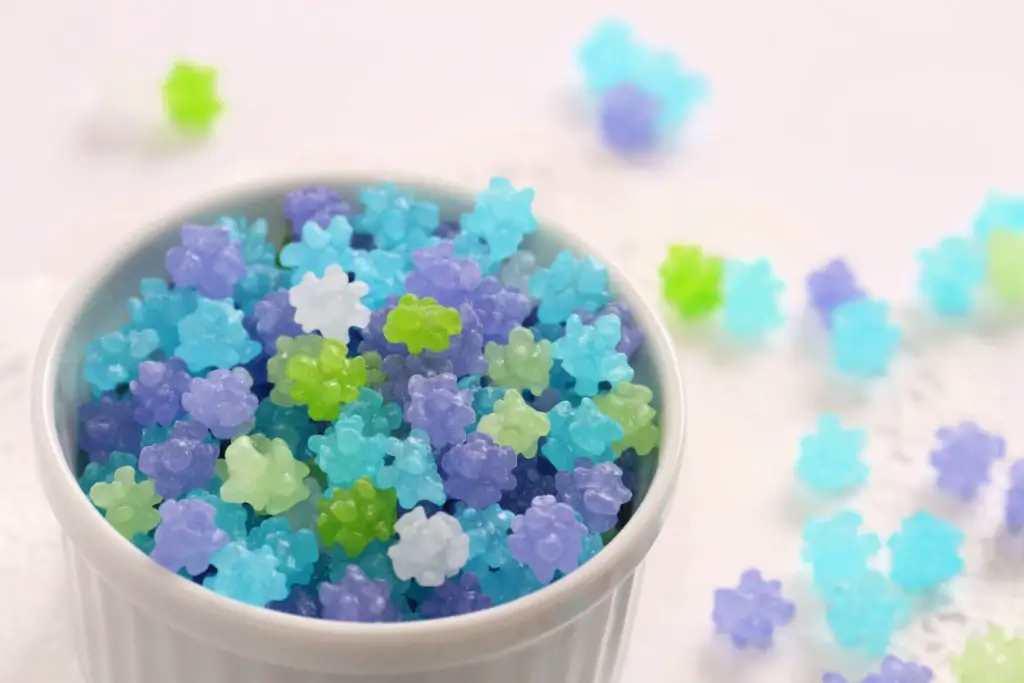
Konpeito Candy: What Makes This Starry Treat Shine?
If you are a fan of the famous Demon Slayer series, then you probably know that the favorite treat of the adorable Nezuko Kamado is those tiny, colorful little sweets.



